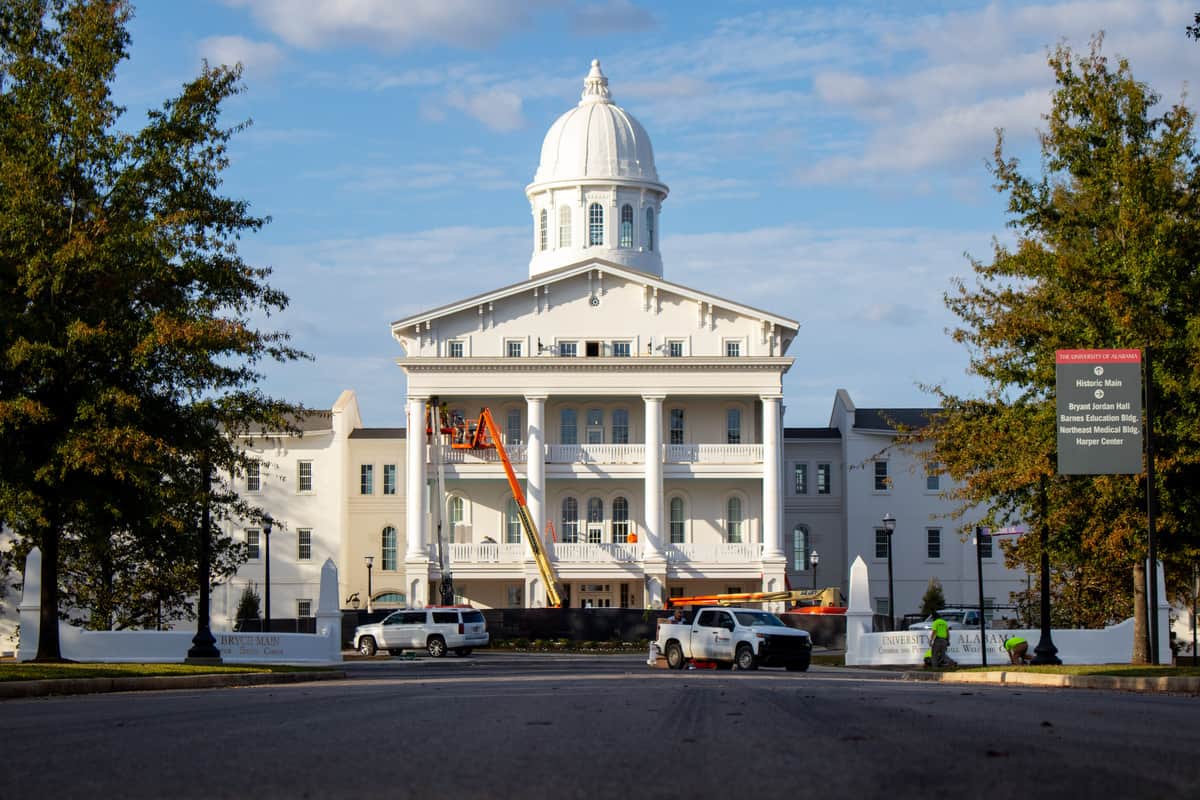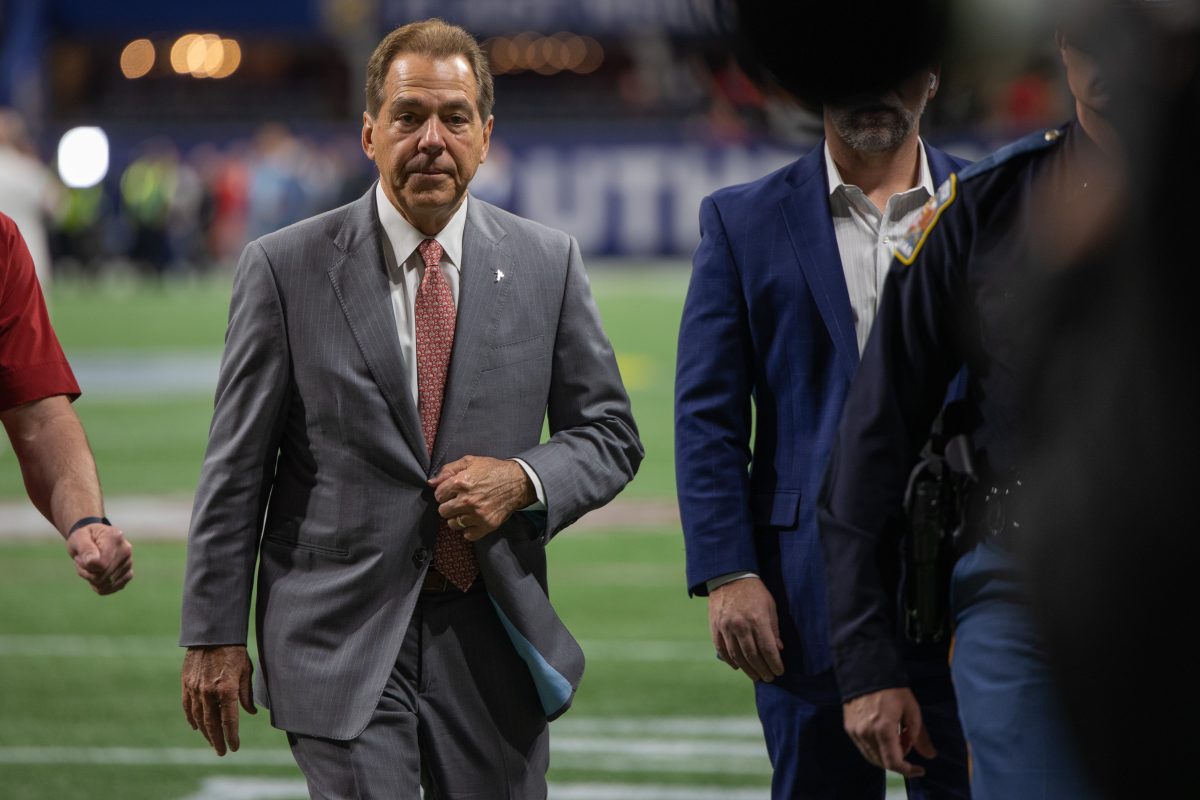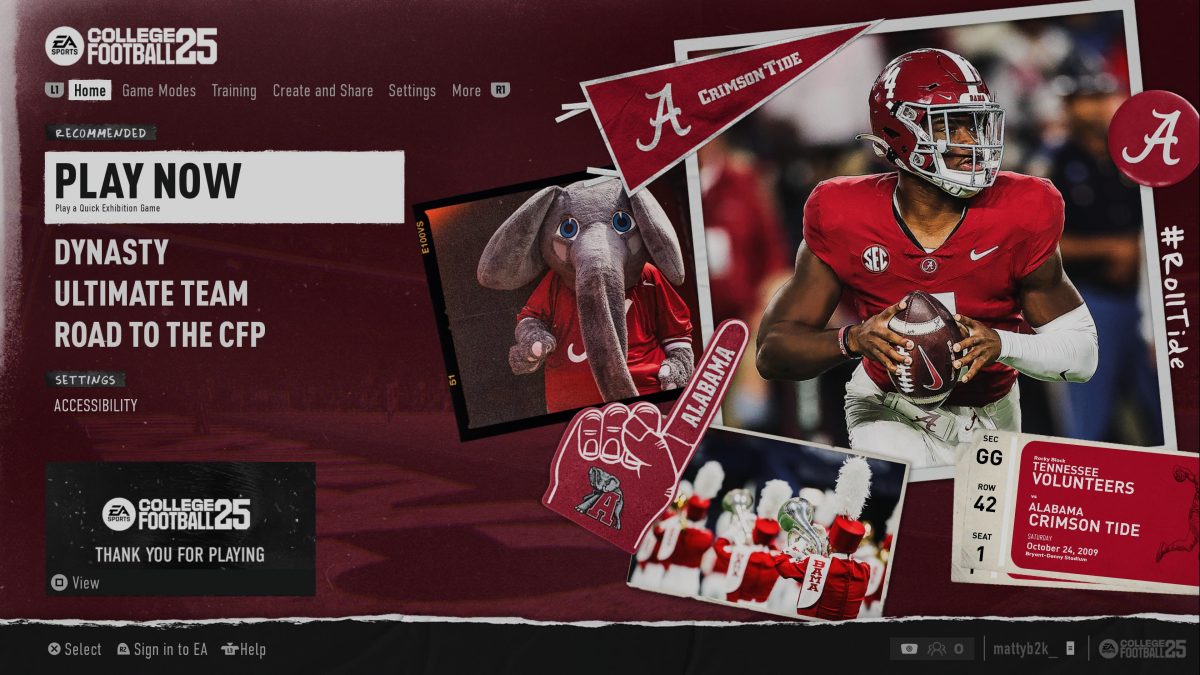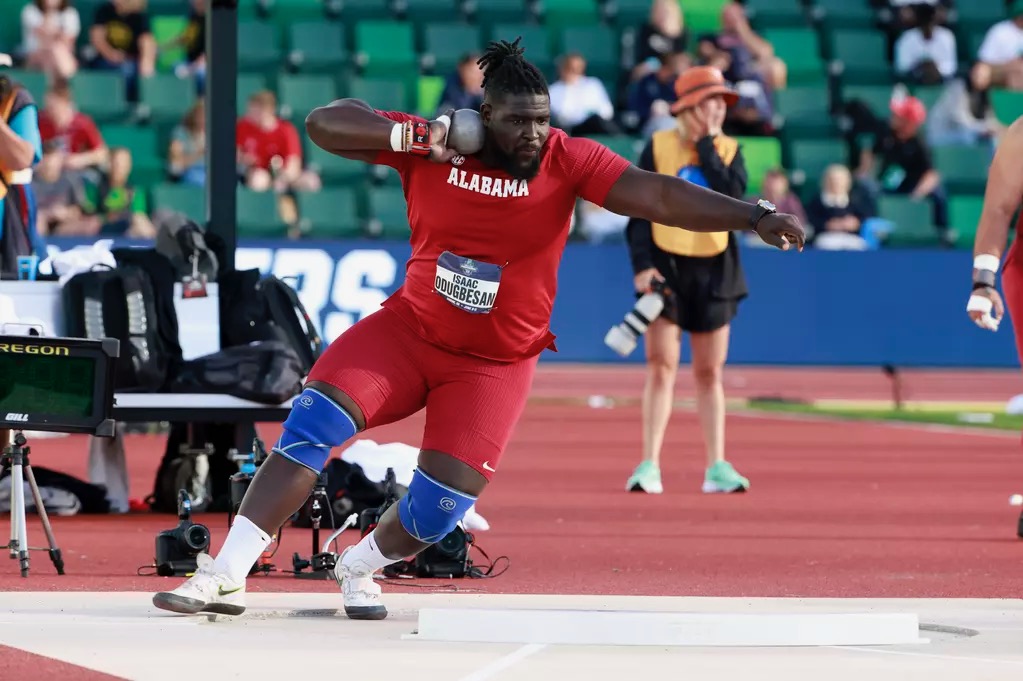After a monthslong process that saw multiple plans from the Republican-majority Legislature rejected by federal judges, a new map has been proposed. While many Black Alabamians say progress is beginning to be made, some say it’s still not enough.
“I guess it’s a small step in the right direction. I’m just so damn tired of small steps, though,” Cassandra Simon, associate professor of social work and Agency, Advocacy and Equity Committee chair of UA’s Black Faculty and Staff Association, said while discussing Alabama’s newest congressional district map — a map that includes only one majority-Black and one near majority-Black district — as the 2024 election season approaches.
District 2, the new near majority-Black district, was created by a panel of three appointed federal judges in October after the Supreme Court found that the state’s original congressional map violated the Voting Rights Act of 1965.
Redistricting happens every 10 years after the national census is completed to ensure districts reflect any population changes.
The newest district now consists of a 48.7% Black voting-age population, making it easier for Black Alabamians, who make up 27% of the state’s population, to elect a representative who reflects their beliefs and community.
“It’s not about just getting a Black person,” Simon said. “It’s somebody who is going to stand up for Black people and Black rights, and understand their issues and what they’re going through.”
Simon said that even with the newly created near majority-Black District 2, she doesn’t have much confidence that someone who accurately represents the Black population will be elected.
She said that the new map still stifles Black voters’ voices by reducing their legislative power relative to other voters.
Simon also said that young people need to learn about the history of voting rights during the Civil Rights Movement to examine the tactics that prevented minorities from voting, as well as learn how they can become civically minded and get involved with politics.
“You have to be able to connect that historical past with the present,” Simon said. “Even research shows that the more people learn about the true history of this country, the more first personal agency young adults begin to feel.”
Enrijeta Shino, assistant professor of political science, said the original map consisted of one majority-Black district in District 7, which was determined to be unlawful. Shino argued that the old map did not accurately reflect the state’s Black population and instead packed Black voters into a single district.
“The new map is giving African American[s] in those two districts at least the opportunity to be able to vote for the representatives that they prefer,” Shino said.
Republicans currently hold six of the state’s seven seats in the House, but Shino said the new map could allow a second Democrat to be elected.
Makenzie Smith, a junior majoring in political science and resident of District 7, described the new congressional map as empowering, especially for Black voters who have been disenfranchised or victimized.
“I think it really makes me feel as though my voice truly will matter,” Smith said.
Zaraph Greene, a junior majoring in political science, said the new map is still disappointing.
“There’s still a lot to be done,” Greene said. “We need another district.”
Dawson Wilcox, a senior majoring in political science and the policy coordinator of Vote Everywhere, wrote in an email that the significance of the new map cannot be overstated.
Wilcox, who lives in the newly drawn District 2, said Vote Everywhere is a nonpartisan student organization that promotes student participation in democracy.
“Going from a district where competitiveness only occurred in one party’s primary to a district that will not only accurately represent the electorate but will also be subject to national attention is very exciting,” Wilcox wrote. “I am looking forward to working and voting in my new district.”
Wilcox said Vote Everywhere is an initiative of the Andrew Goodman Foundation. Goodman was a voting rights activist who helped register Black voters and participated in the Freedom Summer of 1964; he was murdered by the Ku Klux Klan the same year.
“We support national policies, such as the Freedom to Vote Act, which would ban partisan gerrymandering,” Wilcox said. “We also continue to work and honor the legacy of Andrew Goodman.”
Braden Vick, a junior majoring in political science and the communications director for The University of Alabama College Democrats, said the newly drawn District 2 map represents an opportunity for Black voters and college students in the area to elect a representative who reflects their values.
“I am ecstatic for students of South Alabama, Troy, Tuskegee, Auburn University [at] Montgomery and other universities in this second district, who have the opportunity now to have their voices matter in a district that is going to be viewed as competitive, especially in midterm elections,” Vick said.
However, Vick’s enthusiasm for the new district is not without concern. While he’s uncertain whether the new map will increase voters’ confidence in the election system, given the map was created only as a result of a federal directive, he does think confidence in the federal government’s ability to create change for Black Alabamians may increase.
David Hughes, an associate professor of political science at Auburn University at Montgomery, said the original map that was drawn in 2021 slightly shifted the district lines but kept the majority of districts the same as the 2011 map.
“The lawsuit was filed under Section 2 of the Voting Rights Act of 1965, alleging that the state should be forced to draw an additional majority-Black district or something close to it,” Hughes said.
While the Alabama Legislature held a special session this summer to redraw the map, the federal courts ruled that the second proposed map still failed to meet the requirements of the Voting Rights Act.
Hughes said the federal courts met to determine the current map, which will be going into effect for the 2024 election cycle.
Hughes said he thinks this change may create more faith in institutions since voters may see someone who looks like them representing them on the ballot, a concept commonly referred to as descriptive representation.
“A lot of my students who are more left-leaning are certainly excited by the prospect of having a Democratic representative, especially a Black representative for the first time in their lives if they live in the second congressional district,” Hughes said.
Most of Hughes’ students were not even alive the last time Alabama had any major changes to its congressional district lines, in 1991.
Shino said she thinks the new map will help increase Black voters’ faith in the institution of voting, as well as mobilize future Democratic candidates’ campaigns in these districts.
“Their vote matters and their vote counts,” Shino said.



















